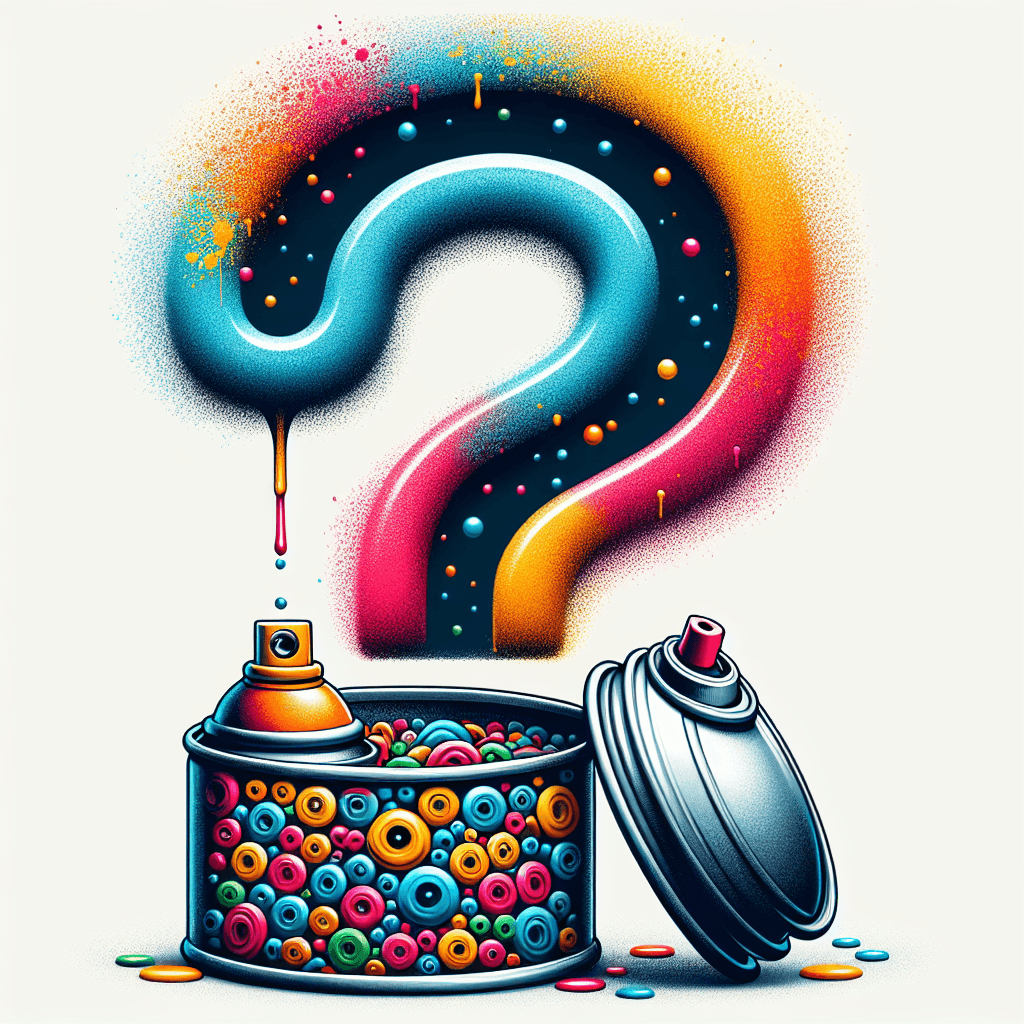What is the purpose of the rattling ball inside a can of spray paint
That familiar rattle is more than just a sound; it’s the one tiny, essential component preventing your project from becoming a clumpy, separated disaster.


Too Long; Didn't Read
TLDR: The rattling ball is an agitator that mixes the heavy paint pigment, which settles at the bottom, with the solvent and propellant when you shake the can. This ensures an even color and proper consistency.
The Secret Behind the Shake: What is the Purpose of the Rattling Ball Inside a Can of Spray Paint?
Anyone who has ever picked up a can of spray paint knows the first step is always the same: shake it, and shake it well. That distinct, rattling sound is universally recognized, but have you ever stopped to wonder what’s actually making that noise and why it's so important? That small, rattling object is far from a random piece of metal; it’s a crucial component engineered to ensure your paint job is a success. This post will demystify that familiar sound, exploring the science behind the rattling ball and explaining its vital purpose in delivering a perfect, even coat of paint every time.
The Anatomy of Aerosol Paint
Before we can understand the ball's role, it's essential to know what's inside a spray paint can. It's not just liquid paint. An aerosol can contains three main components:
- Pigment: These are the fine, solid particles that provide the color.
- Solvent (or Binder): This is the liquid carrier that suspends the pigment and allows it to adhere to a surface as it dries.
- Propellant: This is a liquefied gas that is under pressure. When you press the nozzle, the propellant expands, forcing the paint mixture out of the can in a fine mist.
The key issue is that these components have different densities. When a can sits on a shelf for any length of time, gravity takes over. The heavier, solid pigment particles settle at the bottom, separating from the lighter solvent and propellant.
The Hero of the Can: The Agitator
That rattling ball has an official name: the agitator. Its one and only job is to counteract the effects of gravity and re-mix the paint's separated ingredients. Industry professionals often refer to it as the "pea."
When you shake the can, the agitator moves vigorously through the liquid, breaking up the clumps of settled pigment and stirring them back into the solvent. This process, known as agitation, ensures that the mixture is uniform and consistent from the first spray to the last.
Why is Mixing So Critical?
Without proper agitation, the results of your paint job would be disastrous. If you were to spray an unshaken can, you would primarily release propellant and solvent with very little pigment. This would result in:
- A thin, watery, and translucent spray.
- Uneven color and poor coverage.
- A runny finish that fails to adhere properly to the surface.
- Clogging of the nozzle as clumps of pigment get forced through.
By thoroughly shaking the can until the agitator moves freely, you guarantee that the pigment is evenly suspended, leading to the smooth, vibrant, and durable finish the manufacturer intended.
What is the Agitator Made Of?
The agitator needs to be robust enough to do its job without causing problems. Typically, it’s a small ball made of steel, but some manufacturers use glass or ceramic beads instead. The material is carefully chosen for a few key reasons:
- Density: It must be heavy enough to effectively move through the thick paint and break up sediment.
- Durability: It can't break apart or wear down, as this would contaminate the paint.
- Chemical Resistance: It must be chemically inert, meaning it won't react with the solvents or pigments inside the can, which could alter the paint's properties.
In Conclusion: More Than Just Noise
That familiar rattle inside a can of spray paint is more than just a sound—it's the sound of preparation and quality assurance. The agitator is a simple yet brilliant solution to the chemical problem of paint separation. It acts as a built-in mixing tool, ensuring that the product performs exactly as it should. So, the next time you pick up a can of spray paint and give it a good shake, you’ll know that the little ball rattling inside is the unsung hero working hard to guarantee a flawless, professional-looking finish for your project.


